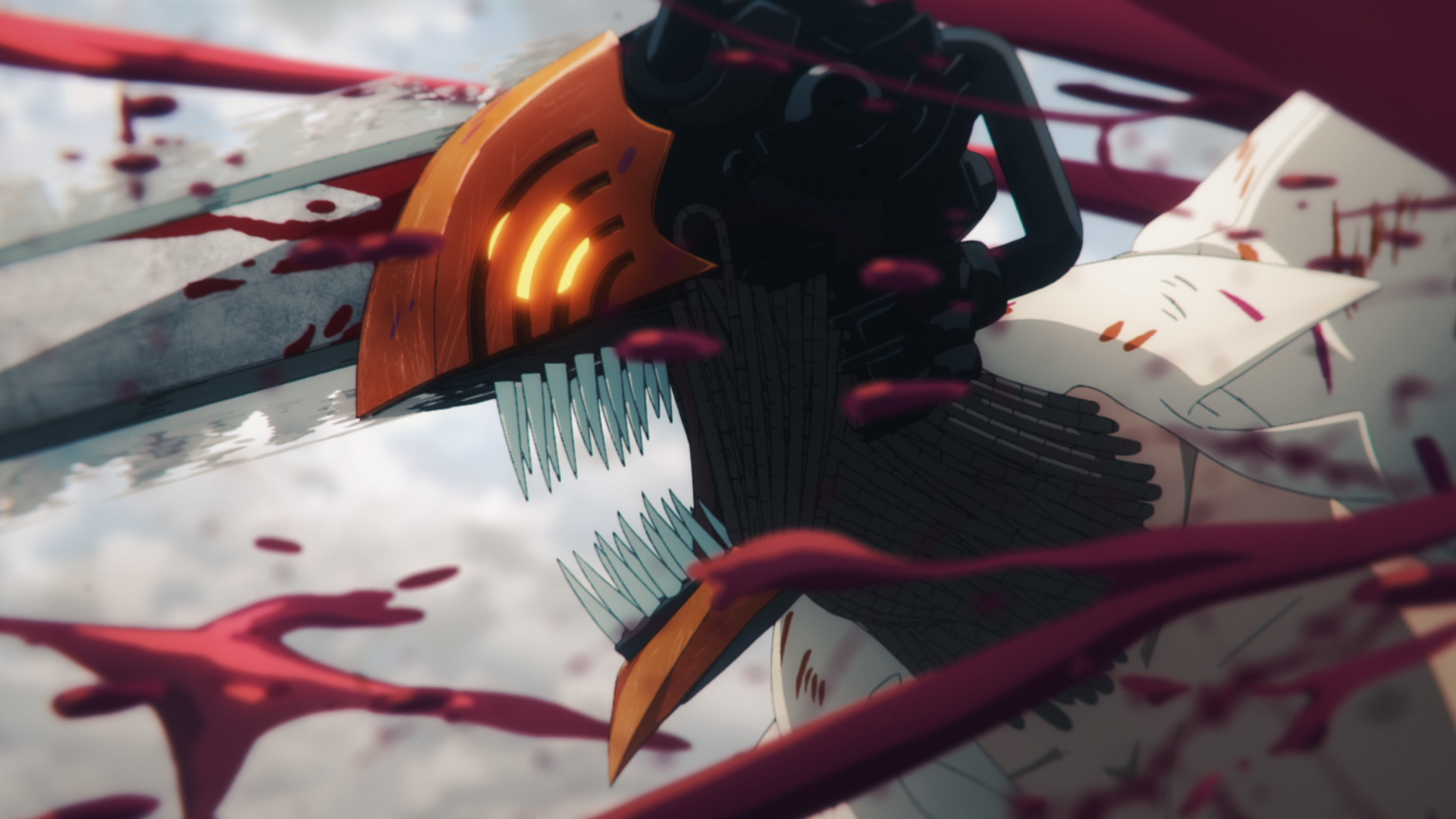The Rise of Chainsaw Man, More than a Monster turned Hero
Fueled by the Blood of Titans and Cutting a Path of Destruction
Most manga fans were already heaping out praise for Chainsaw Man by Tatsuki Fujimoto who previously wrote Fire Punch but the amount of influence this story has is starting to climb exponentially, creating a deeply important seminal work in the medium for this generation. The manga’s popularity is being further emboldened by the phenomenal anime adaption from Mappa, a celebrated animation studio responsible for Jujutsu Kaisen, Yuri on Ice, and Attack on Titan: The Final Season to name a few. People were excited for Mappa to be involved but the sheer mastery of the medium shown in Chainsaw Man is astounding, thrusting these characters into pop culture at a fascinatingly fast rate.
We have yet to hit the top of this wave but a tsunami is coming. Merch, references in other media, and Chainsaw Man being a commonly mentioned favorite is likely for the next 30 years maybe more. There are lots of connections in Chainsaw Man to other influential works while creating a unique dark comedy full of drama, horror, action, and even tender moments.
The most obvious of these likely cultural influences is Devilman, a tragic series that has seen several iterations, most recently the phenomenally dark and beautifully animated Devilman Crybaby. Denji, the hero of Chainsaw Man, is in an almost identical role as Akira in Devilman. Both are torn between two worlds, one of being a teenager coming to grips with adult life and one that is hostile, violent, and full of hungry demons. Both anti-heroes are half-devils and go through countless trials in all aspects of their lives. Arguably though, Akira’s life is far better by comparison to Denji’s who starts his story as a homeless hunter, barely scraping by with dreams of living a normal life. At least Akira had a home and friends.
Official artwork courtesy of VIZ.
Furthermore while reading the Chainsaw Man manga, I could not help but imagine Fujimoto taking notes from Kentaro Miura’s Berserk. Some of the highlights of Chainsaw Man’s brutal world are these meticulously detailed, gore-covered moments which juxtapose perfectly with the simple and deliberate lines of the characters. Berserk features some of the most beautiful panels seen in manga and it feels thematically appropriate for Chainsaw Man to try something similar. These are twisted stories layered with meaning with characters that grow and hurt in the most human ways. Guts’ story feels the most powerful when he gets a moment to rest in the moonlight, his body scarred by countless painful encounters. Chainsaw Man has similar moments; we feel for Denji as he reaches his small, important goals and we get excited as he sets new ones no matter how silly they may seem on the surface.
Chainsaw Man also leans into the nasty side of a world terrorized by devils, becoming a symbol of counter-culture like so many stories before it. Our hero often leans into the craze of battle, becoming a disturbing force that spills heaps of viscera. The supporting cast is also thrust into gross situations even outside of monster battles. Power, as well as many of the women in Chainsaw Man, is a sexy, dominant force with an affinity for violence and crass humor. Despite how she is framed as a wildcard in any situation and how some of the grossest scenes involve her, Power is a touching character. She loves the idea of saving people and is energized by Denji’s childish vision of heroism. She loves her cat, a creature she befriends while roaming the wilderness as a new half-fiend struggling to survive. She’s unsure about her place in the world but knows that she wants a safe home and enjoys being a part of a team. Her friendship with Denji is deepened by them both having devil blood in their veins and how both were outcasts with little hope for happiness until instances of luck, given sway by their kindness.
In fact, most of the characters of Chainsaw Man are ultimately motivated by their hopes for a safer world with plenty of food and lots of friends.
A story filled with monsters and hyperviolence like this also pulls from horror media, especially for the monsters Denji and his team often face. Kaiju and slasher fans might recognize tributes within Chainsaw Man and film enthusiasts can spend a whole evening tracing back frames from the anime’s opening to other works. Although, these foes are more than just monsters looming with the danger of death; there are moments in Chainsaw Man that are deeply unsettling, framed beautifully within its panels. We’ve seen some of these beasts in the anime already and I cannot wait to see how Mappa brings some of the more twisted creatures to life.
There’s a ton of symbolism to break down too and the general groundwork of the devils’ strengths being tied to how much fear they inspire makes one think beyond the pages. One of the biggest threats in Chainsaw Man is the Gun Devil, which is insanely powerful due to the innate fear a gun creates. Even Denji’s chainsaw has layers of meaning, a tool that he first uses to make a living that’s then turned into a means for self-defense but ultimately is an unwieldy, messy weapon. Chainsaws, thanks to iconic horror works, are also terrifying, giving Denji’s demon form a lot of power in this world. That’s only scratching the surface of what could be countless essays and theories, making Chainsaw Man an exciting discussion point from a lot of angles.
Whether reading the ongoing manga or watching the latest anime episodes, there is a lot to enjoy in the story of Chainsaw Man.
There will undoubtedly be a huge wave of fans for this show. Chainsaw Man is special and a delightfully twisted example of counter-culture that might be one of the more inspirational works in manga of this generation.
I wholeheartedly recommend both the manga and anime but know that there is a ton of disturbing imagery and moments. Viewer discretion is advised.
Learn more about Chainsaw Man on the official website. Featured image courtesy of Crunchyroll.






Prepare for the domination of Chainsaw Man in pop culture. Alex breaks down why this hyperviolent story is resonating so deeply with people and its cultural influences that lay the groundwork for something special.